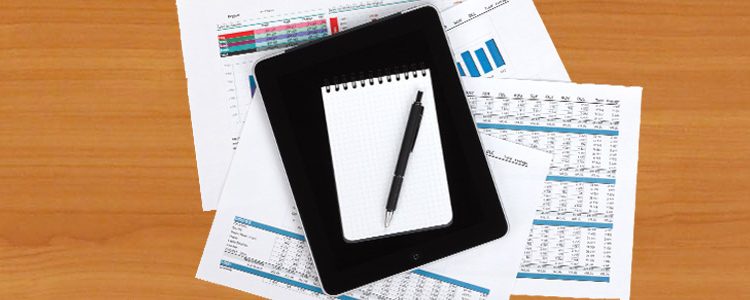Writing Your Results in Manuscripts: How to Share Research Data

Researchers publish scientific manuscripts to present data collected during experiments and to speculate on their significance. In doing so, manuscripts document the process of testing a hypothesis and advancing a field of research. Of all the sections of such manuscripts, the results section is the only one to contain data. Therefore, the results section is critical to conveying the significance of a manuscript.
Organizing and Writing the Results
Over the past 50 years, nearly all top biomedical journals have adopted exclusively what is called the IMRAD model of a manuscript. Briefly, IMRAD describes the contents of a scientific article: Introduction, Methods, Results, and Discussion (i.e., IMRAD). Among these sections, the results section contains the data collected during experiments.
One of the most prominent reasons for the rejection of a manuscript is the lack of novelty or the presentation of obsolete data. Accordingly, the results section is critical to conveying the importance of a manuscript. While reporting data, it is important to be clear, brief, and accurate. At its core, the results section presents the data collected during experiments and is often further divided into sub-sections according to the methods used or logical relationship among data points.
A clear, brief, and accurate results section includes only data, which are presented using a combination of text, figures, and tables. Data should be presented logically, either in the order in which the methods were presented or according to the order that most effectively develops the hypothesis. Since hypotheses are developed over several experiments, data are rarely reported in the same order in which the corresponding experiments were conducted. Instead, many authors identify the most important data points and put them in a sequence that demonstrates the development and effective testing of the central hypothesis.
The data contained within a results section should be presented in text form or using a figure or table. If data are presented in a figure or table, there is no need to repeat these data in the results section. Instead, simply reference the figure or table, which are conventionally numbered consecutively in the same order in which they were referenced. Deciding when to use a figure versus when to describe the text requires discretion on the part of the author. However, figures must be accompanied by a caption, or a brief description of the contents of the figure, and should leverage color and art effectively.
Finally, all data obtained in experiments must be presented with appropriate data obtained from control groups. In presenting data for experimental and control groups, authors must also present the statistical analyses of data (e.g., P-values and standard errors of the mean).
Speculating Versus Reporting
Authors commonly conflate data reporting and data interpretation when writing a results section in a scientific manuscript. Reviewers may indicate that this error was made by stating that the results section should not contain commentary. Indeed, the results section contains only data derived from experiments. Conversely, the discussion section allows the author an opportunity to comment on the results, their context within a larger scientific paradigm, and how the findings may be limited by the methodology of the experiments. That is, the discussion section contains speculation, whereas the results section contains only data.
Importantly, authors should not misrepresent their data while speculating on the meaning of their results. Being mindful of how the data were collected and what the individual data points mean will prevent authors from drawing conclusions that are not supported by data in the manuscript.
Another common pitfall of authors is the conflation of statistical and scientific significance. Statistical tests are analytical tools that measure the influence of pure chance on experimental outcomes. Meanwhile, biological significance reflects a relationship that is truly meaningful to a fundamental scientific phenomenon. It is important to use statistical tests to indicate that data are valid, but authors cannot assume that they are scientifically significant simply because the change is statistically significant.
Your Scientific Story in Data Points
The results section allows for authors to report the data collected from a series of experiments. This section highlights novel and potentially highly influential findings, which allows for the manuscripts to be appreciated by peer reviewers and fellow scientists. In writing the results sections, authors should use clear language and a logical organization to share their data. Furthermore, authors must avoid speculating on the data’s meaning in the results section. In using a thoughtful combination of text, figures, and tables, researchers can use a results section to effectively share the results of their experiments with the scientific world.









